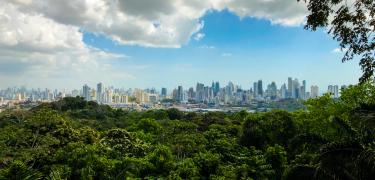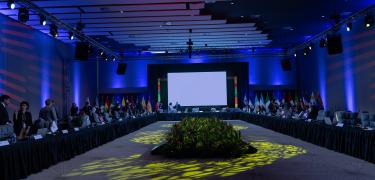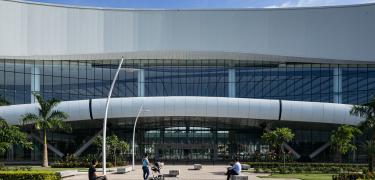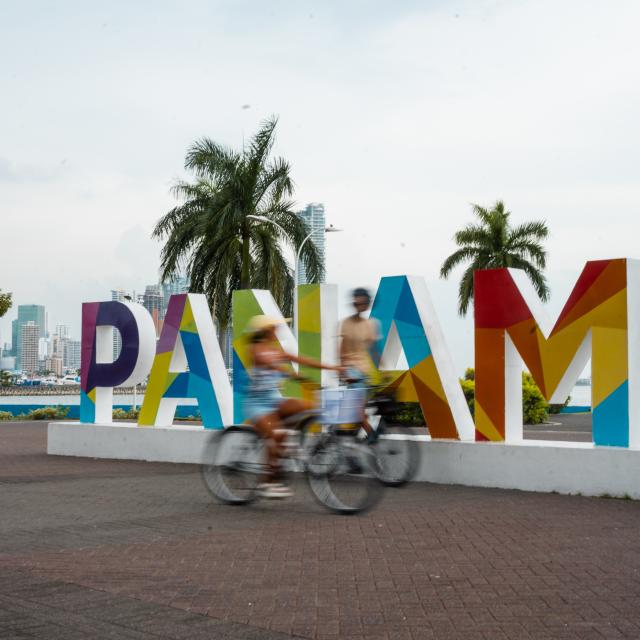In the region where the towns of Pedasi and Tonosi are located, in the center of the country, you will find one of the most important centers of Panamanian culture. Its long list of festivities and festivals honors traditions, religious beliefs, typical costumes, music and gastronomy. Here we provide you some dates to keep in mind when planning your visit and don't miss out on this passion for tradition that runs in the veins of the central provinces of the country.
January
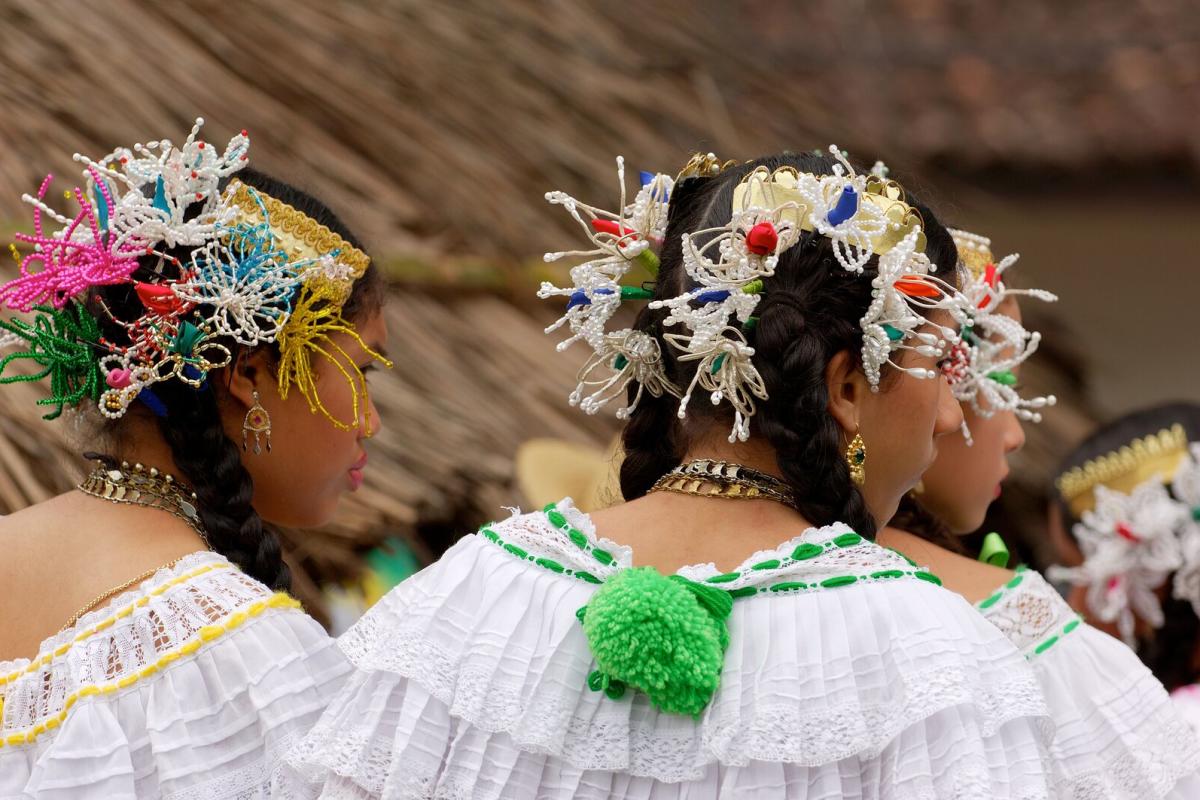
This month, you can be part of festivities such as the National Festival of the Folkloric Meeting of Canajagua and Feast of Kings, the Agricultural, Artisan and Tourism Fair of El Colmón and the highly anticipated, Parade of the Thousand Polleras.
This is the event par excellence if you want to witness this beautiful costume and all its variations, meet those who make it and appreciate it in its maximum splendor.
February
Don't miss Panamá's liveliest feast, Las Tablas Carnival. With carnival queens, floats, songs, dances and stages in the streets, carnival is experienced here like nowhere else.
March

Visit Tonosi in March to be part of the Tonosi Valley Fair, an event in the middle of Cerro Hoya National Park. This festival with samples of peasant dance, music and traditions is surrounded by a beautiful natural environment, which will give you the opportunity to continue exploring another facet of the region.
April
In April, enjoy the Azuero International Fair. The fair lasts a period of 10 days and takes place in the month of April. During this event, a variety of activities are held including exhibitions, competitions, artistic shows, sporting events and amusement park rides.
June
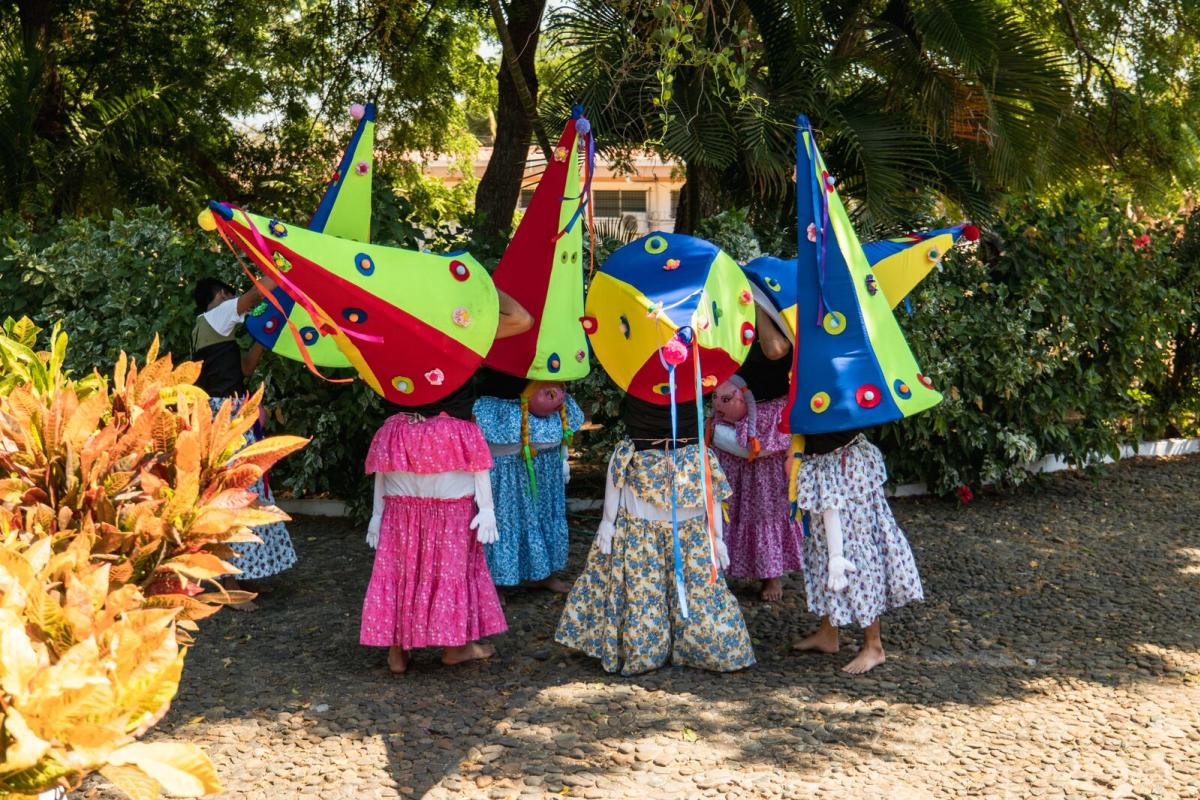
Be part of Corpus Christi. We could say that, culturally, this is the most important event of the year. This incredible art exhibition, declared Intangible Cultural Heritage by UNESCO, is divided into 4 stages that mix music, dance, theater and religious traditions.
In the first stage of the festivities, a representation of the struggle between good and evil begins. First the “Angry Devil” will go out on the streets in search of souls, while the Archangel San Miguel tries to prevent it.
In the second stage, the clean devils will continue the search for souls and El Torito. During this stage, the streets are filled with beautiful handmade rugs with flowers and colored earth, representing the body of Christ. To end this stage, there is a mass where the devils surrender and follow the priest to the altar.
In total, eight dances will take place: the great devil or clean devils, the Spanish montezuma and cabezona, and the dances of the bull, the gallotes, the dwarfs and the zaracundé. And finally, 8 days after the start of the party, La Octava is celebrated. Again, a party that mixes theater with dance and religious elements and stories.
September
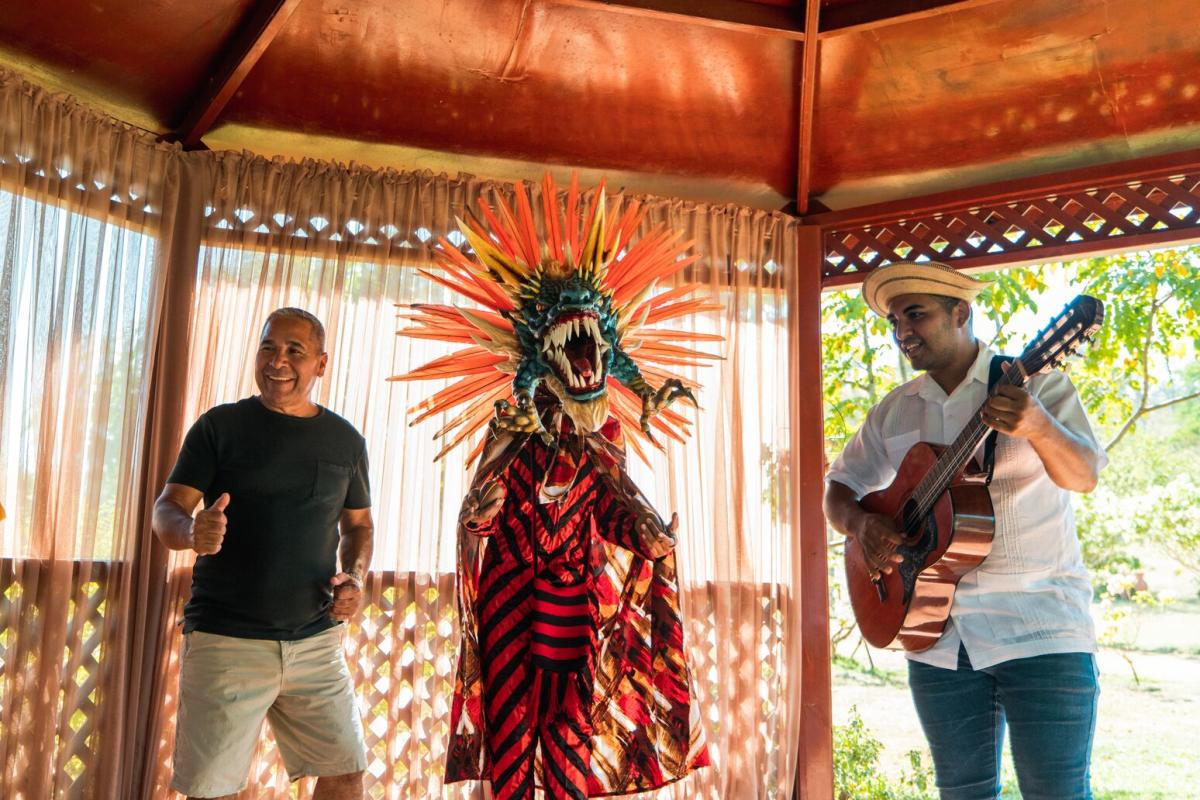
You will love the National Festival of Marjoram. For this day, Guararé dresses up to party and the most talented musicians have their moment to shine. This party is full of competitions where you can listen to the best accordion players, violinists, dancers and more.
October
In October, the festivities continue. Go to the Junco Hat Festival and visit Pocrí to see how the simple, but already complex design of hats becomes a canvas to create thousands of proposals and artistic expressions.
You can also visit during the Cutarra Festival in Las Tablas. Go to Las Palmitas to get to know this style of traditional footwear. In the festivities, you can see how it is made, but also how over the years, it has taken a more modern path and new artists.
November
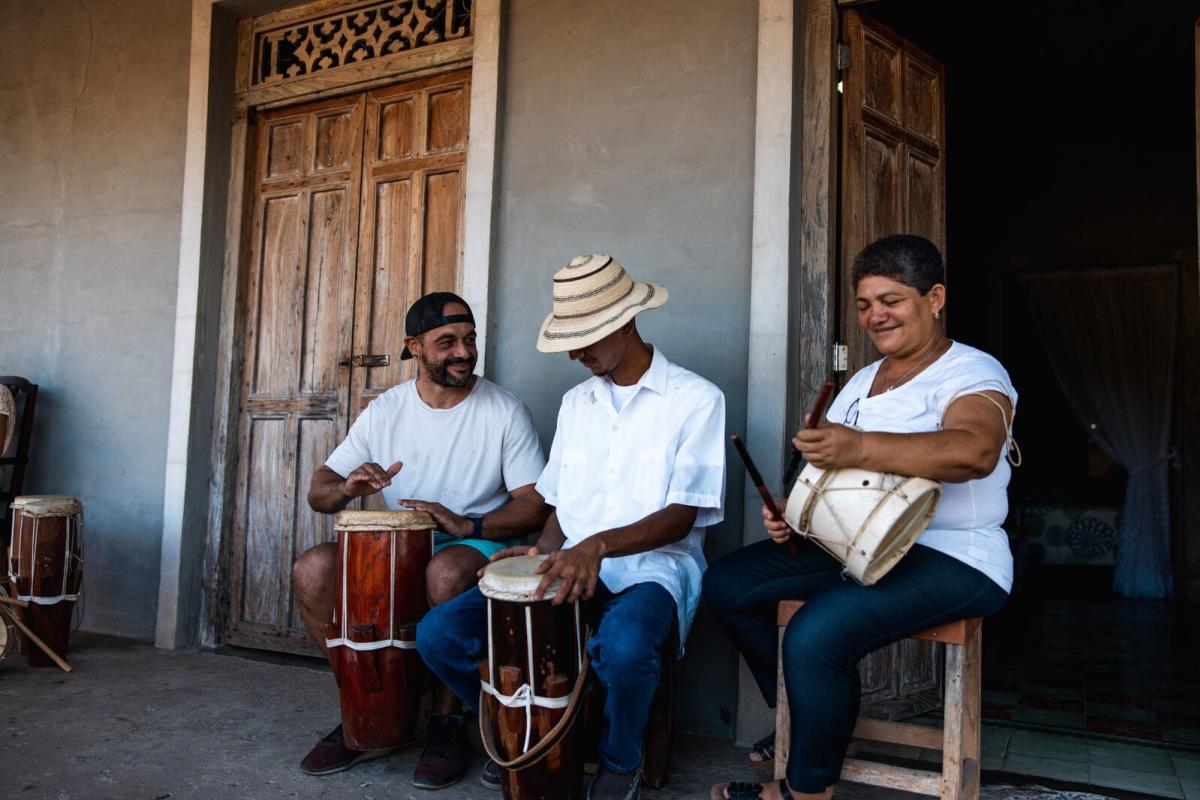
To truly immerse yourself in folklore, experience the Festival of Customs and Traditions in Las Tablas and the Festival of the Drum and the Pollera. In the latter, which runs until December, you can see the artisans in the foreground, making the most beautiful drums and costumes you can imagine.
December
If you come in December, be sure to go to the Festival of the Carreta, the Violin and the Loose Bull, in the colorful town of Pedasi. Sing and dance with the festivities, enjoy the cart parade, but do not get distracted, because at any time you must run to the cry of “loose bull!”
Don't think twice, visit the region of Pedasi, Tonosí and its surrounding areas, for one of the festivals that put an entire country on its feet.

